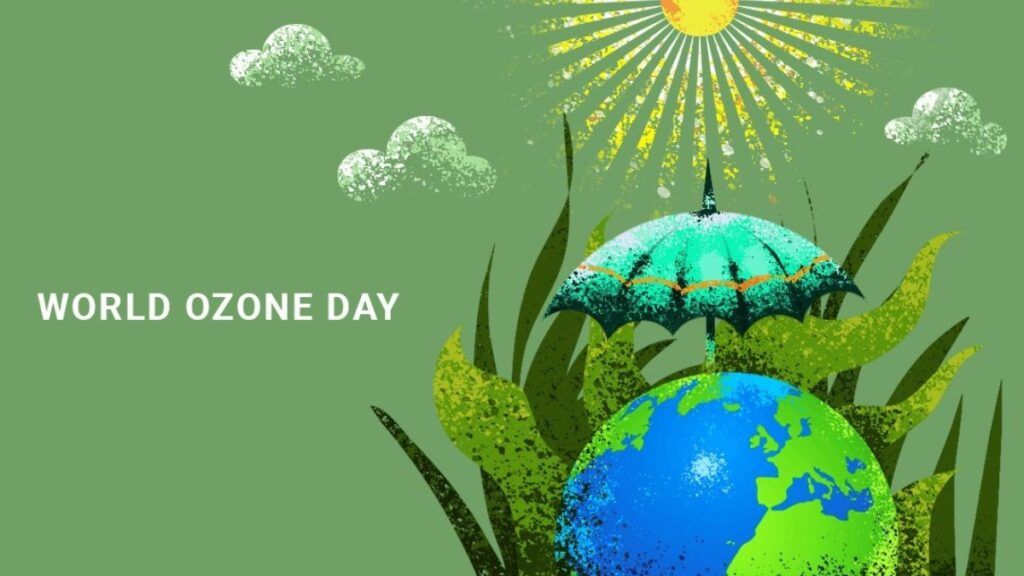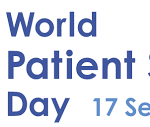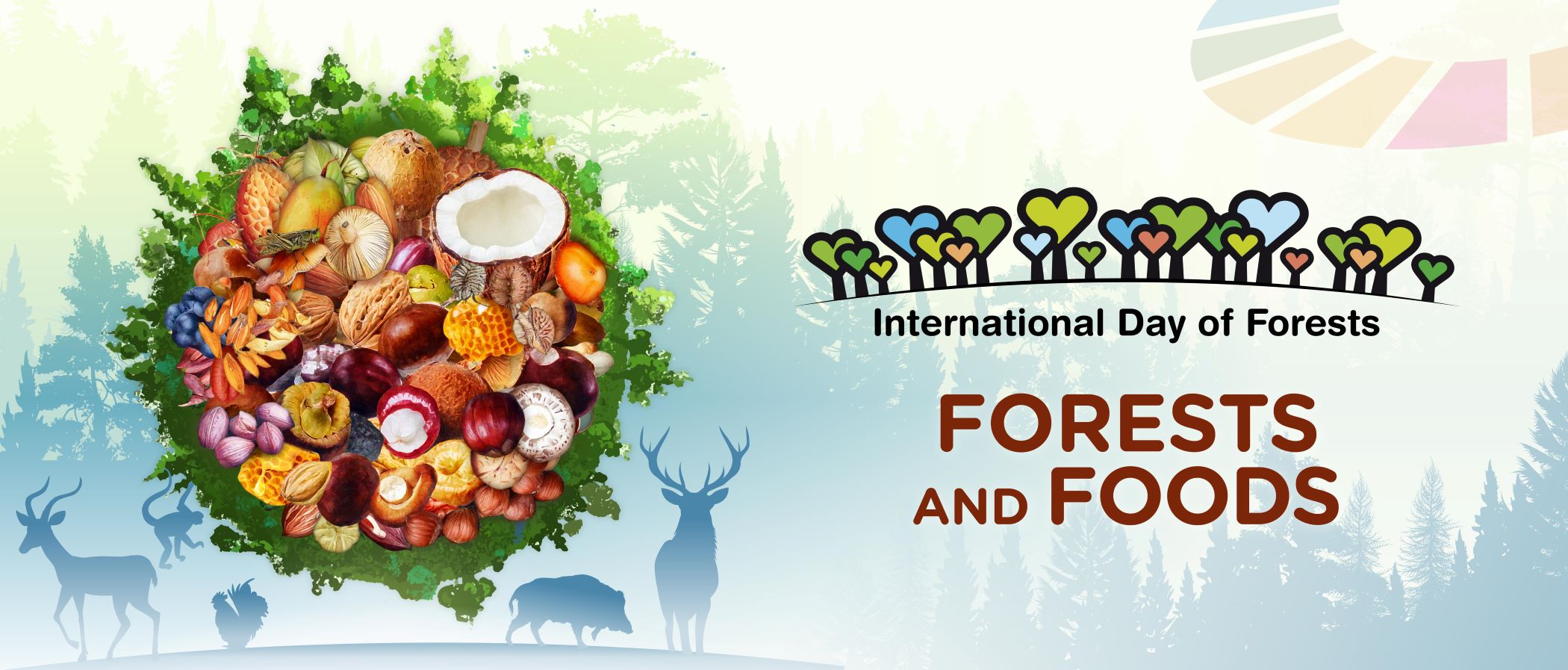

16 September was declared as International Day for the Preservation of Ozone Layer by the United Nations General Assembly. The designation was made on 19 December 2000 which commemorate 1987 date on which the Montreal Protocol on Substances that Deplete the Ozone Layer was signed. World Ozone Day shows that the only way to solve major global problems is through collective decisions and science-led action.
30 years after the signing of the protocol, the breach in the ozone layer was closed. Considering the nature of the ozone depletion gases, their chemical effects are predicted to last between 50 and 100 years.
The ozone layer or also known as the ozone shield, a porous layer of gas, absorbs most ultraviolet rays in the earth’s stratosphere. These rays can cause many diseases of the skin.
The United Nations and 45 other countries signed the Montreal Protocol on Ozone-depleting substances on 16 September 1987. This day is observed every year as International Day for the Preservation of Ozone Layer. The aim of the Montreal Protocol is to protect the ozone layer by reducing the production of ozone layer depletions.
Theme of International Day for the Preservation of the Ozone Layer 2022
Montreal Protocol@35: global cooperation protecting life on earth
This year the theme of World Ozone Day 2022 is – global cooperation protecting life on earth
On this 35th anniversary of the treaty, known as World Ozone Day, people will focus on how the Montreal Protocol neutralized one of the greatest dangers to the planet as a whole: ozone depletion. People around the globe joined together after learning that aerosols and cooling systems utilizing ozone-depleting chemicals were tearing a hole in the ozone layer. They successfully demonstrated that multilateralism and global cooperation may lead to the elimination of harmful gases. The ozone layer is starting to rebuild, meaning it can once again protect us from the sun’s harmful UV rays.
Through these efforts, millions of individuals have been spared from skin cancer and cataracts. It ensured the continued existence and success of crucial ecosystems. It protected Earth’s biodiversity. Additionally, the prohibition on ozone-depleting substances reduced climate change; otherwise, by the end of this century, the world’s temperature would have increased by an additional 2.5°C. A terrible disaster may have occurred.
It’s natural for people to pause and take stock of their lives about the time they hit their mid-thirties, when they may both look back on their accomplishments and forward to the future. The Montreal Protocol to Protect the Ozone Layer, the most effective environmental treaty ever, is no exception to this rule.
Swikriti Dandotia











